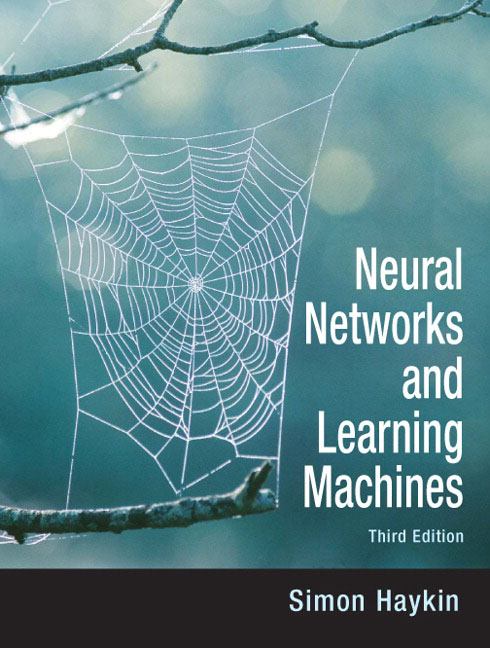
Neural Networks and Learning Machines
by Simon Haykin
ISBN-10: 0131471392
ISBN-13: 9780131471399
$279.99
Book Specs
Trade Cloth
Pearson
Published on
Nov 18, 2008
Edition
3rd Edition
Dimensions
7.30x1.95x9.50 Inches
Weight
2.98 Pounds
About the Book
For graduate-level neural network courses offered in the departments of Computer Engineering, Electrical Engineering, and Computer Science.
Neural Networks and Learning Machines, Third Edition is renowned for its thoroughness and readability. This well-organized and completely up-to-date text remains the most comprehensive treatment of neural networks from an engineering perspective. This is ideal for professional engineers and research scientists.
Matlab codes used for the computer experiments in the text are available for download at: http://www.pearsonhighered.com/haykin/
Refocused, revised and renamed to reflect the duality of neural networks and learning machines, this edition recognizes that the subject matter is richer when these topics are studied together. Ideas drawn from neural networks and machine learning are hybridized to perform improved learning tasks beyond the capability of either independently.
